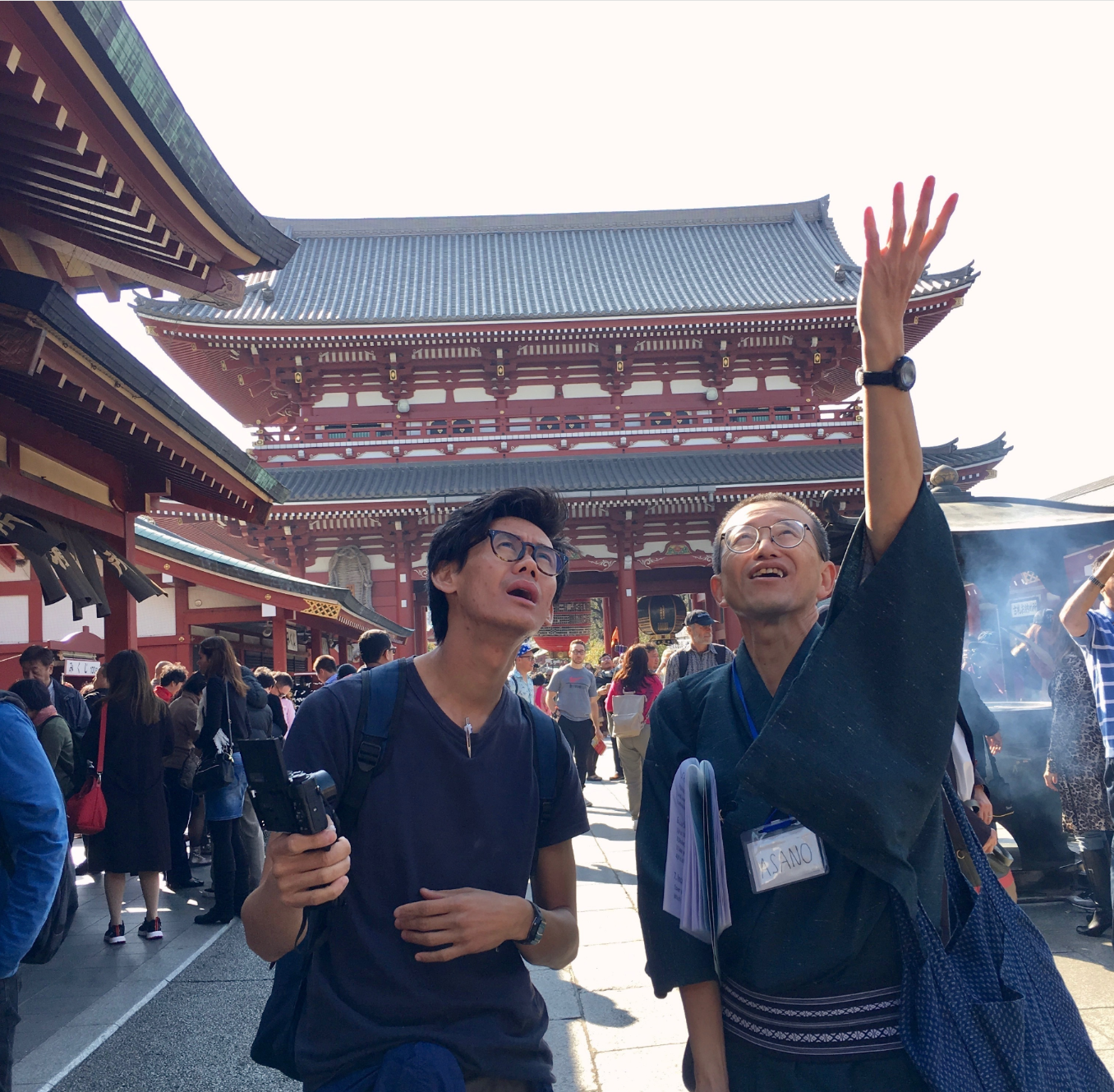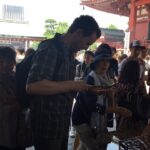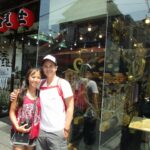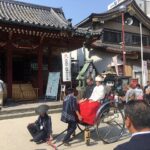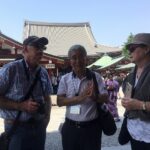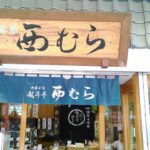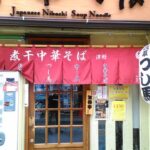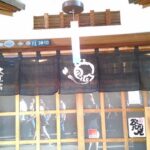
Thank you for joining our Tokyo Free Walking Tour.
On the day of our two-guided tours, 27th of May, with clear sunny skies, we welcomed 17 guests from Germany, U.S.A. Australia and Argentina.





As usual, after greeting everyone and introducing ourselves, we made our tour in Asakusa for 90 minutes.
Starting at the red painted gate, called Thunder Gate, we proceeded to the busy shopping street, Nakamise Street.
Nakamise Street is the entrance to the main hall of Asakusa Buddhist Temple, which is the oldest temple in Tokyo.
It is 250 meters long and has around 90 shopping booths along its both sides.
Most of these small shops sell traditional Japanese items that serve as souvenirs like kimono, chopsticks, accessories and old toys.

Like the Sensoji temple, this strip of road also has a rich history. The Nakamise shopping area is the forerunner of commercial streets that are now common in Japan.
It has sustained its prosperous business for 400 years, ever since trading have started in this area, in the 17th century.
Nowadays, this historical business-centered street strives to welcome flocks of foreign visitors to Tokyo, and their shopping needs.
Speaking of business in Japan, a traditional fabric called Noren can represent a business establishment’s state. In this area of Asakusa, various types of Noren will come into your sight. Watch out for different colors and symbols that you can see in these fabrics.
What is Noren?
Noren is a Japanese traditional fabric divider, which are pieces of curtain-like rectangular cloth, and it comes in different colors.
These Noren can usually be seen hanging over entrances of Japanese stores, restaurants, and other establishments.
These cloths have a strategically placed slits, cut from the bottom up to a quarter way to the top, to allow visitors to easily pass through the entrance into the building.
Normally, the shops’ name or logo is printed on the hanging cloth in order to warmly welcome customers and to announce the shop’s presence.
Aside from that, they also have an important role to represent a shop’s goodwill and credit.
Therefore, these traditional hangings are used to describe how businesses are being managed.
For instance, opening a new store can be described or is said to be as “hanging the Noren“.
In addition to that “dividing the Noren” is often said if a store opens a new branch.
Moreover, losing the customer’s trust due to a scandal or through a bad reputation is called “damaging the Noren“.
Nowadays, there are many Japanese businesses and enterprises that are facing a lot of challenging situations, in order to meet their customers’ demands and keep them satisfied. That is why their respective managements intensively provide good services to their valued customers. This is to keep their good reputation and to avoid damaging their Noren.
Anyway, go through the Noren and enjoy your purchase and traditional Japanese dining experience.
@@@@@@@@@@@@@@@@@@@@@@@@@@@@@@@@@@@@@
We still have two times of our tour in line with the following time slots:
1st from 10:00 a.m. to 11:30 a.m. (regular tour)
2nd from 1:00 p.m. to 2:30 p.m. (trial tour)
Please come and join us at your earliest convenience.
(By Arac)

